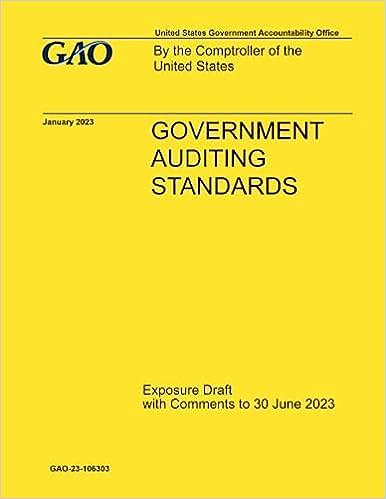Question
Simple as Pie Break-Even Analysis Rob and Joan Russell started baking pies from their home eight years ago. Their business idea was simple: There were
Simple as Pie Break-Even Analysis
Rob and Joan Russell started baking pies from their home eight years ago. Their business idea was simple: There were no top-quality pies sold commercially in their mid-sized New England town. They produced no plan, no budget, and gave no thought to how much capital this venture would require. Their pies were indeed great and with little effort they built a customer base of individuals and restaurants that wanted the best and were willing to pay $12-15 per pie. Rob and Joan rented a kitchen from a catering firm that they could use during the caterers off hours. With the new facility they could bake 100 pies per day. Their revenue was soon running at a pace of $500,000 per year with monthly sales of 3,000 pies at an average price of $14.
The success they were enjoying and the encouragement they received from customers and friends made them think of expanding their distribution regionally, creating a brand name, and adding other products. But these expansions required taking on significant new expenses. It was time to make a haphazard venture into an expansive venture with a bankable business plan.
With revenues of $500,000 per year and renting the kitchen from the caterer, they had profits of about $200,000 per year (they paid themselves no salaries.) The Variable Costs per pie were $4, and their Fixed Costs including staff, kitchen rental, and two delivery vehicles were approximately $160,000 per year. BEP=$160,000/10=16,000; current volume is 36,000.
Over a few months Rob and Joan developed the outline of a business plan:
There was a closed restaurant that they could buy and equip as a commercial bakery. The parking lot could accommodate delivery trucks and employees vehicles. The total cost of buying and equipping this new facility was $1 million.
- A bank agreed to lend them $500,000 at 7% per annum and the owner of the building offered to give them a second mortgage for the other $500,000 at 10% per annum. The total yearly interest cost would be $85,000 with principal payments of $50,000 begin- ning in the third year.
- The new location would allow them to triple production and keep Variable Costs at the same $4 per pie.
- The fixed costs after the move to the new facility would increase to $700,000 per year not including interest or principle payments, covering advertising, a full-time salesperson, and the operation of the bakery. Rob or Joan would still not be salaried.
Chapter Questions
- Rob and Joan need to do some financial analysis of this deal. They want to know what impact this deal will have on their profits. Will it change their Break-Even Point? Is this new deal riskier? Is the upside much greater? How could they change the proposed deal to make it work better for them? In sum, would moving to this new facility give Rob and Joan a bigger piece of the pie?
End of Chapter Questions
- How should an entrepreneur make the decision about how much debt and how much equity to use in the mix of financing? What are the plusses and minuses of each form of financing?
- It is very common for entrepreneurs to underestimate the amount of financing their ventures will need. Why do think this is so?
- What is a break-even analysis and why is so important?
- What methods are available to obtain average financial comparisons for new and start-up ventures? Why might this be important in your business plan?
Step by Step Solution
There are 3 Steps involved in it
Step: 1

Get Instant Access to Expert-Tailored Solutions
See step-by-step solutions with expert insights and AI powered tools for academic success
Step: 2

Step: 3

Ace Your Homework with AI
Get the answers you need in no time with our AI-driven, step-by-step assistance
Get Started


